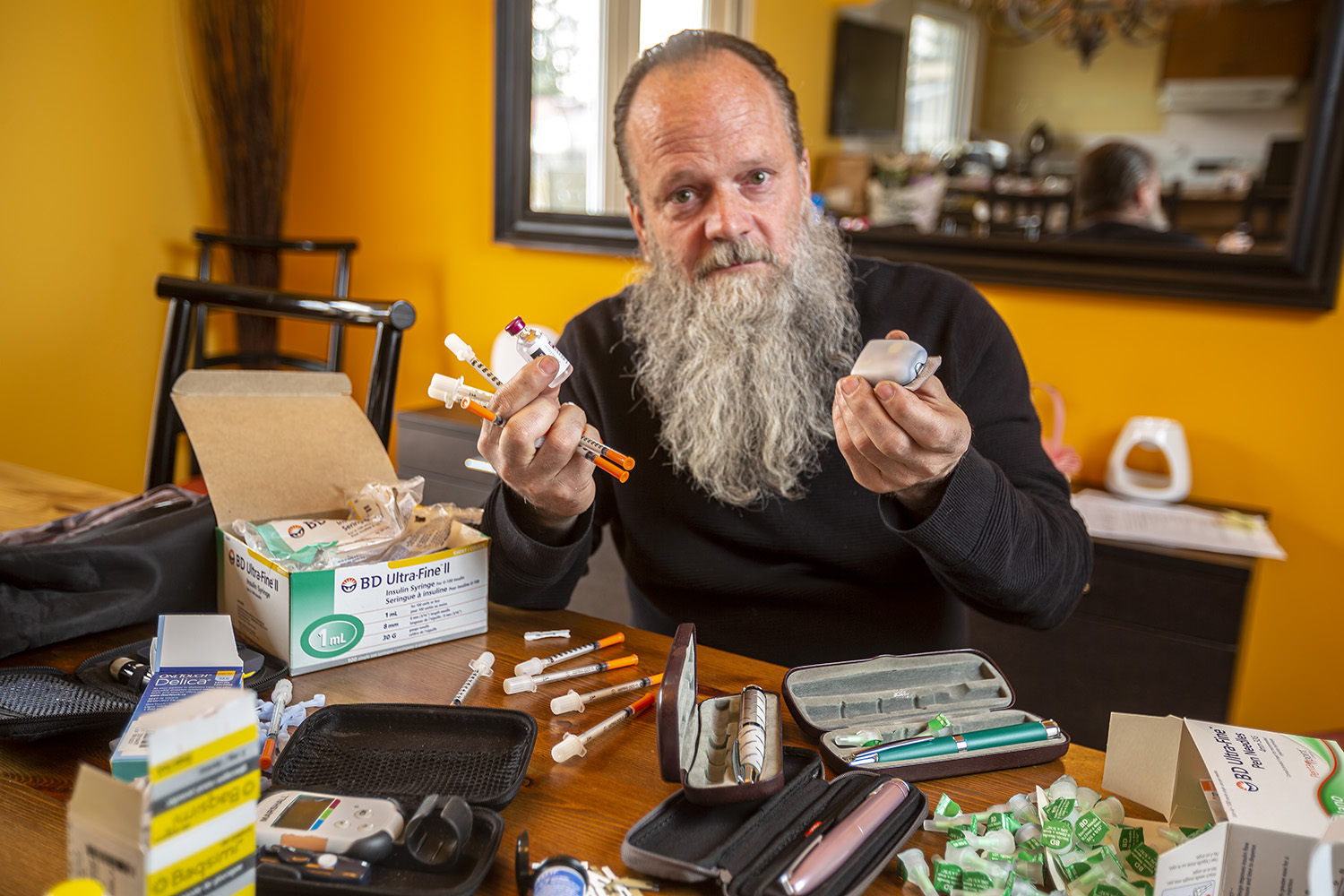Insulin pumps are a much bigger conversation than $20 million in savings, said a Calgary dad who helps care for a son with Type-1 Diabetes.
On May 2, Alberta began the end of the Insulin Pump Therapy program, which provides insulin pumps and correlative supplies free of charge to patients.
Insulin pump benefits will be transferred to a government-sponsored health program Aug. 1. The province said those folks getting insulin benefits today will have to get coverage through a government-sponsored health plan or employer/private health plan.
Low-income Albertans will still get the benefits at no charge, the province said.
The province estimates 4,000 Albertans get the benefits, and the program cost has jumped from $9.5 million in 2015 to more than $20 million in 2020-2021. The province estimates that 386,000 Albertans are living with diabetes.
Under the new program, more advanced pumps will be made available.
“Alberta’s government recognizes that Albertans living with diabetes want access to the most innovative equipment available,” said Alberta Health Minister, Jason Copping.
“Having access to the most recent technology will better support them and help them to more effectively manage their condition.”
Calgary dad Keith Simmons, whose 13-year son Marshall was first diagnosed with Type 1 Diabetes nearly six years ago, said this is a quality-of-life issue.
Right now, they use a personal diabetes manager (PDM). It communicates directly with the pump to inject Marshall with insulin. It does the calculation for insulin based on the type of carbs ingested and activities done throughout the day. The pump delivers a basal rate of insulin to ensure there’s always some in the bloodstream.
“It does a whole lot of calculation for us basically,” he said.
Without the insulin pump

On the kitchen table of his southeast Calgary home, Simmons laid out the supplies that would be needed if the pump wasn’t available.
“Everything on the right-hand side of the table is what typically goes on when you don't have a pump,” he said.
He said basal insulin is put in twice daily by needle. To adjust sugars throughout the day based on meals and activity, another eight to 10 needles might be needed. It could be more if your kids are active.
“It's 24/7, 365 (days),” Simmons said.
Simmons has the basal rates “spit-balled properly” so he doesn’t have to get his son up at night to adjust his levels.
“If he's on the pens, I would have to get up,” Simmons said.
“And if I didn't have this EGM (Electronic Glucose Monitor), which scans electronically as well, give him a poke in the middle of the night to get his blood to figure out what he needs, inject him, and then I can go back to bed.”
The province’s three-part plan provides expanded coverage for diabetes test strips and other supplies. In February, they added access to glucose monitors.
Simmons, who gets the pump free of charge under the current program, said it would cost families around $300 per month if not covered by private or government insurance. That doesn’t include the potential cost of other supplies.
The cost could end up being bigger, Simmons said
Without the use of an insulin pump, some Albertans may have to go back to the daily calculations. It also mean regular needle insulin injections.
Simmons said people can inject too little insulin or too much. Both have significant potential health impacts.
Poor diabetes management leads to longer-term health issues, Simmons said. It can impact the kidneys, the eyes, the liver and the extremities, including fingers and toes.
This leads to potential limb amputations, dialysis, loss of sight and general hospital care, he said.
“They need all of those other (health) facilities to take care of them,” Simmons said.
“That's going to burden the system later on with people who are incapacitated. That doesn’t even begin to talk about the quality of life.”
He said families like his will be poking kids 12 times a day. Others will be administering their own, trying to ensure the calculations are correct. Meanwhile, they'll be worrying about kidney function, liver function, losing limbs or eyesight, Simmons said.
“It's a much, much bigger conversation than we're going to be able to save 20 million bucks. Right?"

